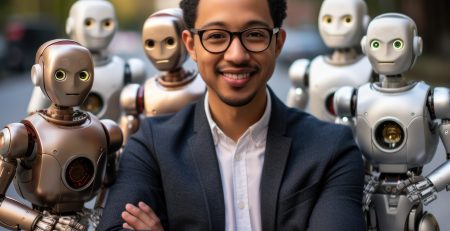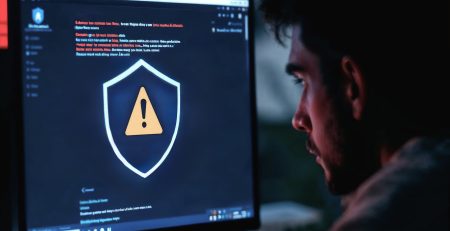The Green Skills Revolution: Building a Workforce for a Sustainable Future
The Green Skills Revolution: Building a Workforce for a Sustainable Future
Introduction
The global shift toward sustainability is reshaping the foundations of work, industry, and investment. As nations and organizations commit to achieving net-zero carbon emissions, a new form of economic transformation is emerging — one that demands not only technological innovation but also a workforce equipped with green skills.
The “Green Skills Revolution” represents a fundamental redefinition of how economies grow, businesses operate, and workers contribute to value creation. This white paper by H.G&W explores how businesses and governments can accelerate the development of green skills to build a sustainable, competitive, and inclusive future.
Understanding Green Skills
Green skills are the knowledge, abilities, values, and attitudes needed to support sustainable economic activity. They range from technical capabilities — such as renewable energy engineering and waste management — to soft skills like systems thinking, environmental awareness, and change leadership.
The International Labour Organization (ILO) defines green skills as those that “enable the workforce to contribute to the transition toward a low-carbon economy.” In essence, they form the bridge between sustainability commitments and practical execution.
The Economic Drivers Behind the Green Skills Revolution
According to the World Economic Forum’s 2023 Future of Jobs Report, nearly one-third of global jobs will require significant transformation in skills due to the green transition. As governments invest trillions into renewable energy, climate adaptation, and sustainable infrastructure, the demand for green-skilled professionals is skyrocketing.
Key sectors driving the shift include:
-
Renewable Energy: Solar, wind, and bioenergy are becoming major employers.
-
Sustainable Construction: Green architecture, eco-friendly materials, and energy-efficient design are reshaping real estate.
-
Circular Economy: Waste reduction, recycling, and product lifecycle management are becoming core business practices.
-
Sustainable Finance: ESG (Environmental, Social, and Governance) metrics are influencing global investment strategies.
These industries not only promise environmental benefits but also new job creation and long-term economic resilience.
The Corporate Imperative: Reskilling for Sustainability
For businesses, the transition to sustainability isn’t optional — it’s strategic. Investors, consumers, and regulators are increasingly holding organizations accountable for their environmental footprint. Companies that fail to align their workforce with sustainable practices risk losing relevance, competitiveness, and trust.
Organizations must therefore integrate green skills development into their human capital strategy through:
-
Green Learning Pathways: Embedding sustainability topics into training and leadership programs.
-
Partnerships with Educational Institutions: Collaborating with universities and vocational schools to co-design green curricula.
-
Internal Green Champions: Empowering employees to lead sustainability initiatives internally.
-
Data-Driven Workforce Planning: Using analytics to identify skill gaps and reskill employees for future green roles.
The Role of Digital Transformation in Accelerating Green Learning
Digital tools are amplifying the reach and effectiveness of sustainability education. AI-powered learning platforms and virtual simulations are helping professionals master complex environmental scenarios. Blockchain is being used to track and verify green credentials, while AR/VR tools provide immersive training experiences for high-risk environmental operations.
This fusion of digital and sustainable transformation is shaping the “Green Digital Economy”, where technological innovation and environmental responsibility coexist as twin growth drivers.
Global Collaboration for a Green Workforce
No single organization or government can build the green workforce of the future alone. Collaboration across sectors is essential.
-
Governments must design national green skill frameworks.
-
Businesses must embed sustainability into corporate culture and job design.
-
Educational institutions must evolve curricula to align with green industry needs.
-
International bodies must ensure developing economies are not left behind in the green transition.
As emerging economies adopt renewable technologies, the green skills gap is widening between nations with access to green education and those without. Bridging this divide will be critical to achieving global sustainability goals.
The Future Outlook
By 2030, the green economy could create over 24 million new jobs worldwide (ILO, 2023). However, this opportunity comes with urgency. Reskilling must happen now to ensure the workforce can meet the demands of tomorrow’s sustainable industries.
The Green Skills Revolution is not just about saving the planet — it’s about redefining prosperity. Organizations that act early, invest in their people, and lead with purpose will emerge as the champions of the new sustainable economy.
Conclusion
Sustainability is no longer a corporate add-on — it’s the foundation of future business success. The Green Skills Revolution represents both a challenge and a historic opportunity: to align human potential with planetary preservation.
For leaders and organizations, the task is clear — invest in people, empower learning, and lead the way toward a sustainable, skill-driven future.









Leave a Reply